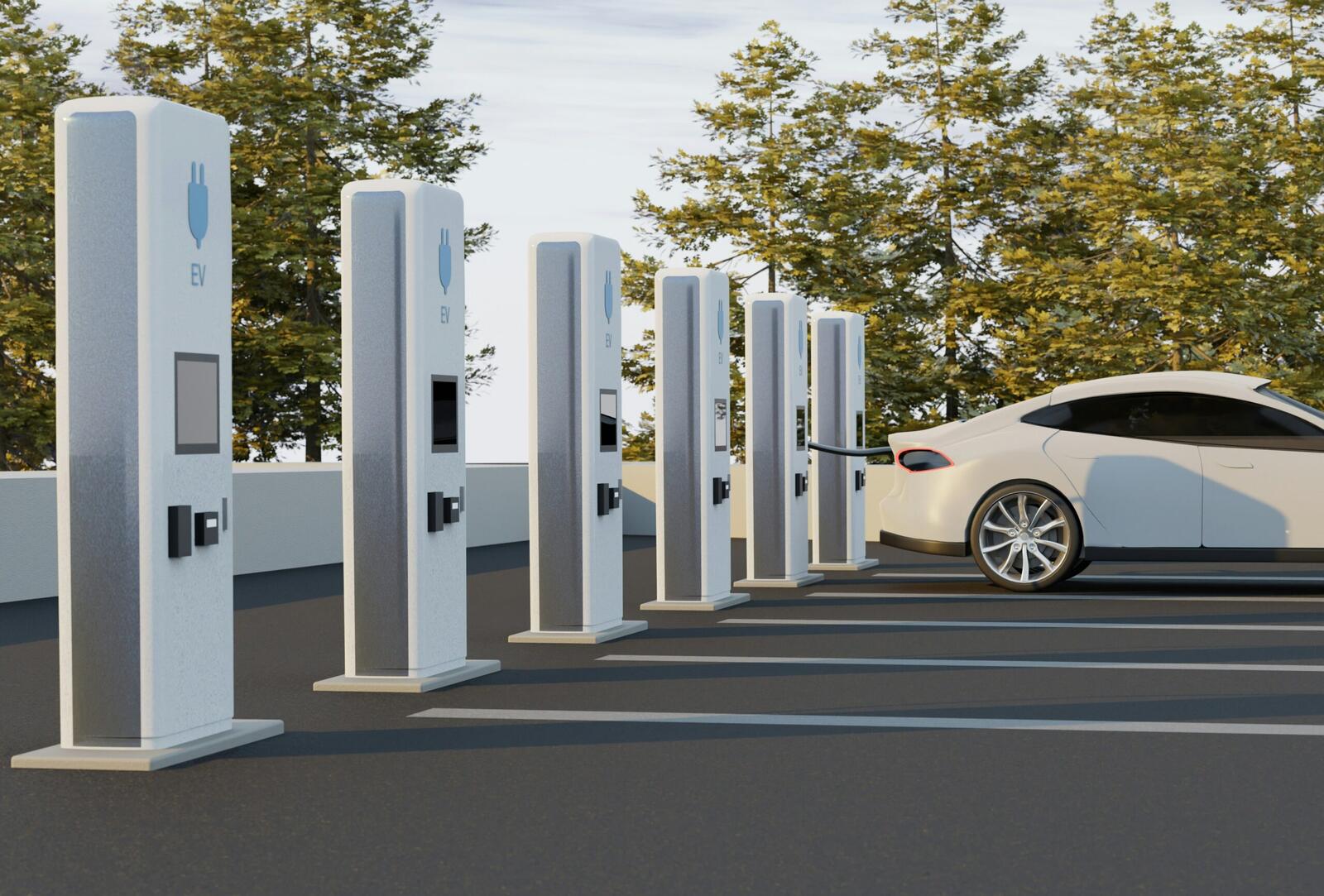Tesla has gained clearance in California for a taxi-style setup under the state’s Public Utilities Commission. This status lets the electric car maker arrange rides for passengers in its vehicles. Some Tesla fans have been waiting for news of this kind, viewing it as a milestone.
Under this label, Tesla can run passenger rides with its own staff at the wheel. That structure differs from the popular app-based networks that connect outside drivers with riders. Tesla’s new classification sets it apart, opening an official path for the company’s bigger plans. In those systems, individuals drive their own cars under a shared brand, which contrasts with Tesla’s structure.
This clearance is only the beginning, since Tesla still needs further approval for self-driving trips. The Department of Motor Vehicles holds the authority on driverless passenger operations, and Tesla has not secured that go ahead. The next milestone would involve vehicles running without human backups in California. That agency also oversees driverless technology, so Tesla must show that its cars operate without undue hazards.
Fans of Tesla recall that Elon Musk has often said that owners may one day rent out their cars when not in use. This concept resembles a self-driving ride share system where vehicles earn money for their owners. The new permit also covers that eventual scenario. Some owners see a chance to earn extra income, turning idle vehicles into rolling cabs that drive themselves around town.
Is Tesla Allowed to Offer Fully Driverless Service?
At present, Tesla’s permit does not grant passenger trips without a human operator. The Public Utilities Commission says the car-maker must join a separate autonomous program before that can happen. There is also a requirement from the Department of Motor Vehicles for specific authorisation on driverless operations. Officials emphasise that passenger safety takes top priority.
Many in California see that the state has tight rules for any firm hoping to launch self-driving rides. Tesla has not filed the paperwork for that next phase. The technology itself may face further hurdles, as Tesla’s system relies on cameras instead of radar or lidar for guidance. Lawmakers want to minimise the risk of accidents.
Elon Musk has promised that Tesla would test true hands-free service in places like Texas, with some trials also happening in the Bay Area. Though he has pledged full autonomy for years, those forecasts have often slipped. Many are doubtful, given repeated changes in projected timelines. Some wonder how soon Tesla will turn these ideas into reality.
More from News
- We’ve Heard Of ‘Deepfake’, But What Is ‘Cheapfake’?
- How Does Google’s AI Flights Tool Work For Travellers?
- Why Is Meta Randomly Banning User Accounts?
- A Levels: Advice From Top Entrepreneurs To Students Getting Results
- Time Is Money: How Are Business Owners Spending In 2025?
- How Will Federal Agencies Use ChatGPT Enterprise?
- Lycamobile Expansion In Italian Market Highlights Recent Retail Partnerships
- How Much Water Do Data Centres Actually Use?
Who Can Ride Tesla’s Cars Right Now?
With the new permit, Tesla can carry its own staff in a controlled setup. Each trip must be planned in advance, and no random hailing on city streets is available. This arrangement allows Tesla to refine logistics and gather data while keeping the scope tight. Engineers monitor feedback from these staff rides to track any glitches quickly.
No outside rider is able to hop in right now. Tesla intends to switch to public use later, but it must notify the Commission before that happens. The permit is structured to let Tesla run a pilot program internally, so that each aspect meets official standards. This early limitation helps Tesla avoid bigger complications if issues arise.
Employees can order a ride through official channels, which grants Tesla a chance to see how everything works in everyday conditions. This tactic helps the company spot any hazards or technical glitches. It also sets the stage for a larger rollout once the final approvals come through. Developers strive for a smooth handover from staff only trips to mainstream rides.
Musk previously mentioned internal trials in the Bay Area, where staff could test near-complete automation. He has spoken about reaching that threshold soon, though the timeline has often shifted. Many onlookers wonder how fast these staff-based rides might expand or if official reviews will stretch out the schedule. Only time will tell if Tesla can adapt fast enough.
Will Fully Robotised Taxis Dominate California Soon?
Driverless travel is not lawful in California without separate clearance from the Department of Motor Vehicles. Tesla must prove that its software can handle roads safely before it gets the green light. That is a complex hurdle, given the state’s cautious rules and prior delays in Tesla’s autonomous timeline. Officials stay watchful as the company advances this vision.
Musk has predicted driverless cars for years, though real-world progress has lagged behind his target. Some owners have tested Tesla’s Full Self-Driving beta, but it still needs a person ready to intervene.



